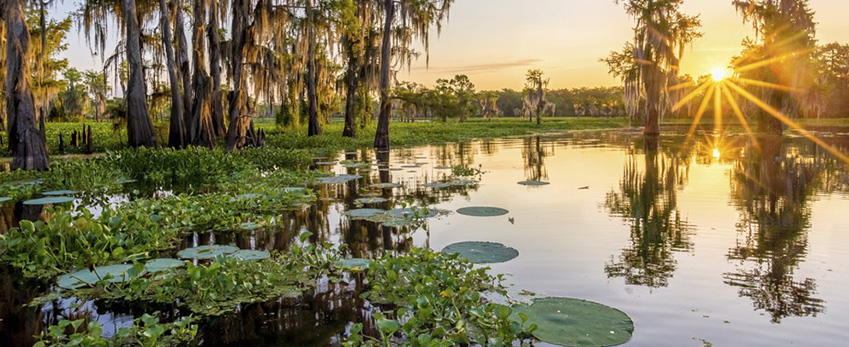This project has started since the year 2005 in cooperation with the Government of Iran (Iran Department of Environment), Global Environment Facility(GEF) and the United Nations Development Program(UNDP) with the purpose of decrease or permanent elimination of threats and generally, the durability and survival of wetland ecosystems in Iran. It performs the activities in the selected wetlands (including Lake Urmia, Parishan and Shadegan Wetlands) with considering the importance of the sample sites and tries to extend the achieved experiences in form of introducing the ecosystem approach, the establishment of the new management system and providing legal mechanisms for its implementation in other wetlands of country.
Since the beginning of CIWP, this project has attempted to study and solve the basal causes of Iran's wetlands degradation by applying the ecosystem approach of the Convention on Biological Diversity at the following three levels:
The Local level (the sites): By empowering the local communities and the capacities made by other practitioners to manage and eliminate the wetland threats.
The catchment level: Through interaction with provincial beneficiaries in the integrated management of the wetlands to confront the external threats and increase public awareness.
The national level: By making capacities in the Department of Environment for integrated management of the protected wetland areas and by extending wetland conservation proceedings to other national ministries and practitioners in the form of inter-organizational and inter-departmental cooperations.
Continuing this process, the result of implementation of some stable agriculture tests by CIWP with the cooperation of the Ministry of Agriculture Jihad in various regions of Iran including one of the villages around Lake Urmia showed that there is a high potential for reducing water consumption and chemical inputs on condition that the farmer's income is preserved. To develop these achievements and people contribute to the conservation and restoration of wetlands, the project of "modeling of attracting the public partnership in the restoration of Lake Urmia" in cooperation with the Japanese government and the United Nations Development Program, as a new activity was added to CIWP on behalf of the Department of Environment. The successful achievements and the time-consuming nature of development projects led to the extension of this cooperation for further 6 consecutive years in 150 villages of East and West Azerbaijan provinces. Also, the attention and allocation of international resources along with the use of state and non-state infrastructures and resources led to the formation of a social flow at national and local levels for the restoration of Lake Urmia.
